Reflection on the 30th Sunday in Ordinary Time
Posted on October 27, 2024, by Eleanor Craig SL
Jeremiah 31:7–9 Hebrews 5:1–6 Mark 10:46–52
The combination of the three readings this morning raises some provocative questions. What is a miracle? What does a savior do? What does it mean to see? What would impel you or me to beg for a miracle?
In the first reading we have a song of celebration, of gratitude for God’s saving action. The second reading compares Jesus to the Jewish high priest, able to act with pity because he knows weakness in himself. Finally, in Mark’s Gospel we have one of the many stories of Jesus’s cures, his response to the plea of a blind man.
Here’s a contemporary story about blindness. I worked with teenagers who were blind, introducing them to all kinds of experiences about pioneering on the Oregon Trail. In one experience, an expert was supposedly telling the kids about how covered wagons were built. We discovered, however, that the man was actually telling the teens that their blindness was a tragedy, and that they should be praying for a miraculous cure.
Our staff hurried the man on his way and apologized to the kids for having to sit through such an inappropriate conversation. The youngsters had the most unexpected responses. First, they told us matter of factly that people talk to them that way all the time — most people think that being blind is a tragedy and that praying for a miracle is a normal, even necessary response to blindness.
As we talked further, I asked them, “If you could have a miracle, would you ask to see?” And again their answers really surprised us. First of all, many just shrugged their shoulders. I didn’t know if it was because they didn’t believe in miracles or perhaps being able to see after years of blindness seemed as much a problem as a blessing.
I remember, especially the response of Nehemiah, whose eyes had been removed during a babyhood disease. Nehemiah lifted his head with his glass eyes shining, and said, “Frankly, I’d like to see sometimes, and not see at other times.”
Juxtapose the blind teens’ reactions with today’s first reading about God’s saving action. The students’ various opinions raise interesting questions about what is important, what does God’s saving action look like, what inspires our gratitude?
The reading from the epistle to the Hebrews notes that it was through being an imperfect human that Jesus learned compassion. It was God’s call that made him a savior. The teens weren’t too sure their blindness was a tragedy; maybe it was an imperfection teaching them compassion. One Native American suggested to the youngsters that their blindness was like the dark of the kiva or the sweat lodge — a darkness that helped them find the light within themselves.
With the blind students’ experience in mind, look again at Mark’s Gospel account. A blind man asks, “Lord, that I may see,” and Jesus grants his request. Are blindness and vision opposites? What did the blind man want when he asked “to see?” Are there improvements in our vision that come to us not as miracles but as the result of our human imperfections? What miracle of sight will you or I ask for?
Lord, that we may see our humanity in our enemy’s weakness.
Lord, that visions of goodness may blind us to appearances.
Lord, that we may see you, acting with love in this present moment.
